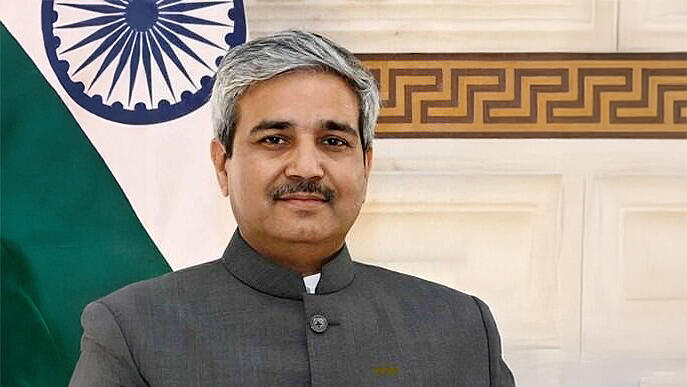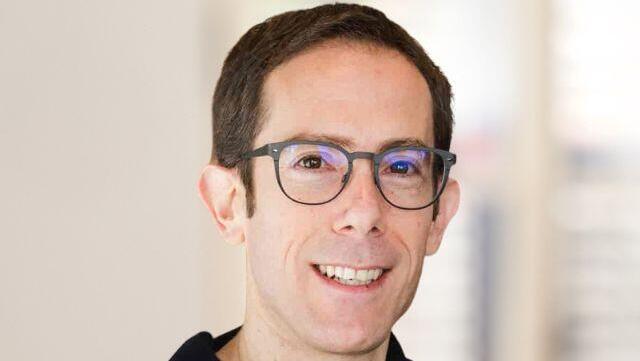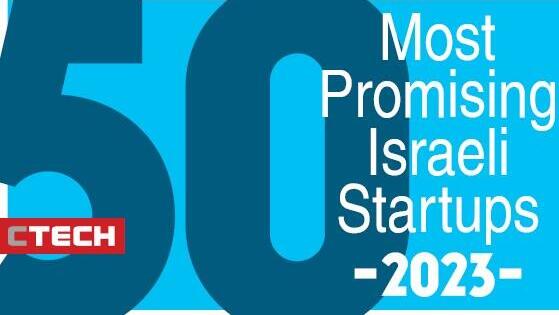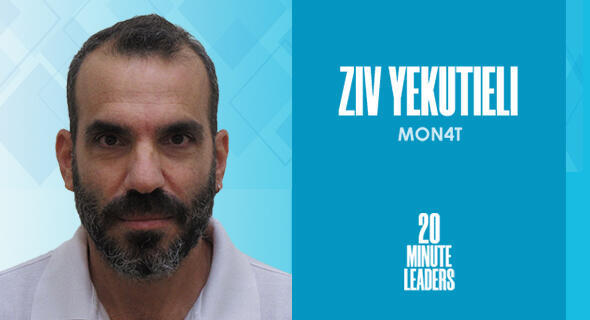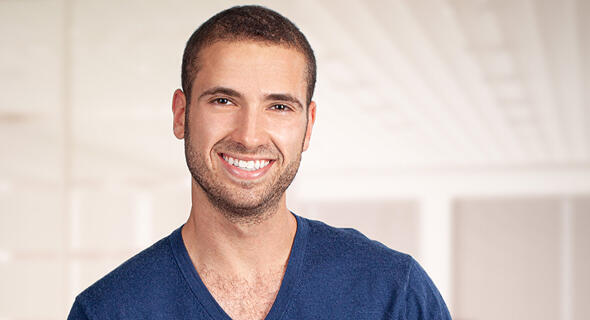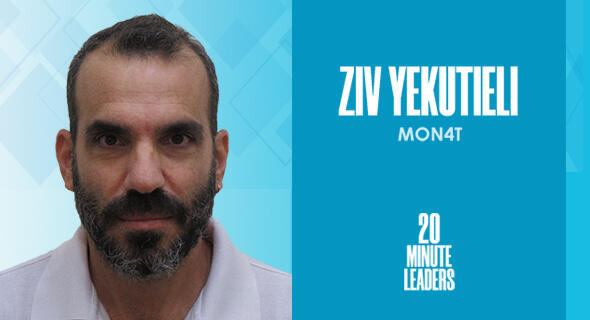
20-Minute Leaders
“Neurology is even more strict in adopting new technologies because the brain is a much more complicated organ.”
After presenting a technological solution for neurology, Dr. Ziv Yekutieli found out that it wasn’t meeting the biggest needs neurologists have today.
After presenting a technological solution for neurology, Dr. Ziv Yekutieli found out that it wasn’t meeting the biggest needs neurologists have today. He shares that a neurologist said they needed to know more about their patients, especially their lives outside clinical visits. That spurred Yekutieli to co-found Mon4t, which offers digital tools to assess patients’ neurological symptoms via smartphone. As the CEO, he explains that finding the unmet need in the industry is key to starting your business. Though he had identified the need, Yekutieli says it was a challenge to get neurologists to adopt new technologies because the brain is so complicated. After getting doctors comfortable using the tests in clinics, he says it becomes easier for them to allow patients to do the tests at home. This allows Yekutieli to have the impact on people’s lives that he says often doesn’t come from academic research.
What led you into brain study?
It was a personal journey that started when I was a teenager. As a kid, it was clear to me that I'm going to do something with electronics. I didn't think much about the brain. It was a math high school teacher—his name is Yair Cohen, who was a great teacher, the best I ever had. He suffered from ALS. We witnessed the progression of his condition, and it was heartbreaking. That was the seed of my interest in the brain.
After the army, I started to contemplate between my favorite thing, engineering, and becoming a brain surgeon. I ended up studying electrical engineering at the Technion. But I was already hooked on the brain, so I started studying biology, chemistry, and neurophysiology. In parallel to the electrical engineering training, I connected between neurons and transistors. Later in my PhD, between electrodes that you implant in people's brains and a PC. I've been connecting technology and neurology for 20 years. For most of the time, I was working for some high-tech companies, like Intel. Academics was a hobby until I decided that that's what I want to do also for a business. This is the starting point of Mon4t.
I'm sure that after completing a PhD in brain science, it's not trivial for anybody to go straight into the business world. What were some of the considerations for you?
I've seen not only my own research but much more advanced and better research conducted by others not getting realized as something that helps people. At the end of the day, when you try to evaluate how many people's lives have you changed, for the most part, it's very little. I think that very often the research remains as this theoretical thing. For me, it was troubling.
I had these ideas that I presented to a neurologist about designing a chip that we can implant in people's brains. One of the neurologists told me what they actually need is a better means to use the existing drugs and medical devices. When I asked what's the problem that they're facing, he said essentially, they know very little about the patients that they're treating because the entire evaluation is based upon short and infrequent clinical visits. It's all done in a very subjective manner outside of the patient's natural life, and this impairs the quality of care. He told me that this is one of the problems they would like engineers to solve.
He showed me a patient that was running a test in one of the hospital's corridors. I asked my friend from Intel, who is now Mon4t's CTO, Dima Gershman, if he thinks that we can use smartphones to run the same test in a digital manner. A couple of days later, we had the prototype for that test. This is how Mon4t started. We just added more and more tests to evaluate more and more symptoms. This is one of the things that can make the largest impact.
There's still room for new devices and discoveries, but I think that to start a business, you first need to find the unmet need in the industry or the market you want to sell your product in.
You're learning through the market that what the world needs right now is the connection between the existing research and the patients. How we as regular people experience the technology versus where it's at, this gap is what you're able to mitigate through Mon4t. Right?
Correct. I don't want to disregard inventions like the MRI. That's important. It's very good that people spend a lot of time, but that's one field of science and research. But what most people need in terms of neurology is just for someone to properly evaluate their tremor of the hand, or some decline in their short-term memory, or how stable they stand. If an elderly person falls and breaks a bone, most likely they will die as a consequence of this minor event. If you come up with a simpler solution than MRI that can minimize the risk of falls, for example, you can help millions of people all over the world.
Share with me about the strategy of the company. What is the actual product?
What we offer is a standard and digital tool to assess neurological symptoms. We look at it in three main categories: motor symptoms, cognitive symptoms, and affective symptoms, more related to psychiatry. We use smartphones to capture these symptoms in a quantitative way. This can be done in the clinic or in the patient’s real world.
In terms of the go-to market, we started by validating and demonstrating the capabilities in the clinics. We collaborated with hospitals with leading neurologists, and we demonstrated that what we measure from the smartphone is at least as good as what they can measure and very often even better. It required a lot of recruiting of patients, clinical trials, and publications that led to FDA clearance that we've obtained for most of the tests that we offer.
Then we started to look into the distribution channels. We now focus on the pharmaceutical industry and medical device manufacturers. What we offer them is a way to make their solution teleneurology-compatible. Whichever drug the patient is being prescribed, there's going to be a monitor attached to it so it can offer chronic care management. The patient and the physicians are no longer disconnected as they are now. So if you buy a drug that's treating Parkinson's or multiple sclerosis, it will include the monitor that will allow your physician to understand if the treatment is effective, the dosage, the frequency, and doing that in a much shorter time than it would require today. That's the value proposition we offer.
The next thing, this is what we're starting now, is to offer our solution to the telehealth companies, which have a different channel to the patients. We offer them an opportunity now to offer teleneurology as a vertical of telehealth. We're already looking into offering this solution to the payers, the insurance companies, for example.
Are there any concerns about consumer behavior or anything about how we're going to be experiencing this technology and this interaction with the medical world?
Medicine, in general, is a very traditional occupation by nature. It's good that it's like that. I think that neurology is even more strict than other conditions in adopting new technologies because the brain is a much more complicated organ, so it's much more complicated to treat it. It's a challenge to shift neurologists from the way that they're used to doing the evaluations in the clinic to something that relies upon tests that the patient conducts at home.
One thing that we decided, after learning by our own mistakes, is that what helps them is not to invent any new test that they're not familiar with, but to offer a digital manner to conduct a test that they know and trust. This is much easier for them to accept. Once you demonstrate that it's working in the clinic, now you can ask them to rely upon the test at the patient's home.
Later on, more and more of the symptoms will be evaluated in a passive manner. For example, there is a classic test that is called a "tapping test," where the patient is asked to tap between his fingers. We have a digital test to run it, but you can get similar indications by analyzing the typing patterns when you're texting someone. But now we have this pillar of the active and standard tests, that they know of, that we can run at the patient's home, so this is making it a lesser challenge for them to adopt.
Michael Matias, Forbes 30 Under 30, is the author of Age is Only an Int: Lessons I Learned as a Young Entrepreneur. He studies Artificial Intelligence at Stanford University, is a Venture Partner at J-Ventures and was an engineer at Hippo Insurance. Matias previously served as an officer in the 8200 unit. 20MinuteLeaders is a tech entrepreneurship interview series featuring one-on-one interviews with fascinating founders, innovators and thought leaders sharing their journeys and experiences.
Contributing editors: Michael Matias, Megan Ryan




